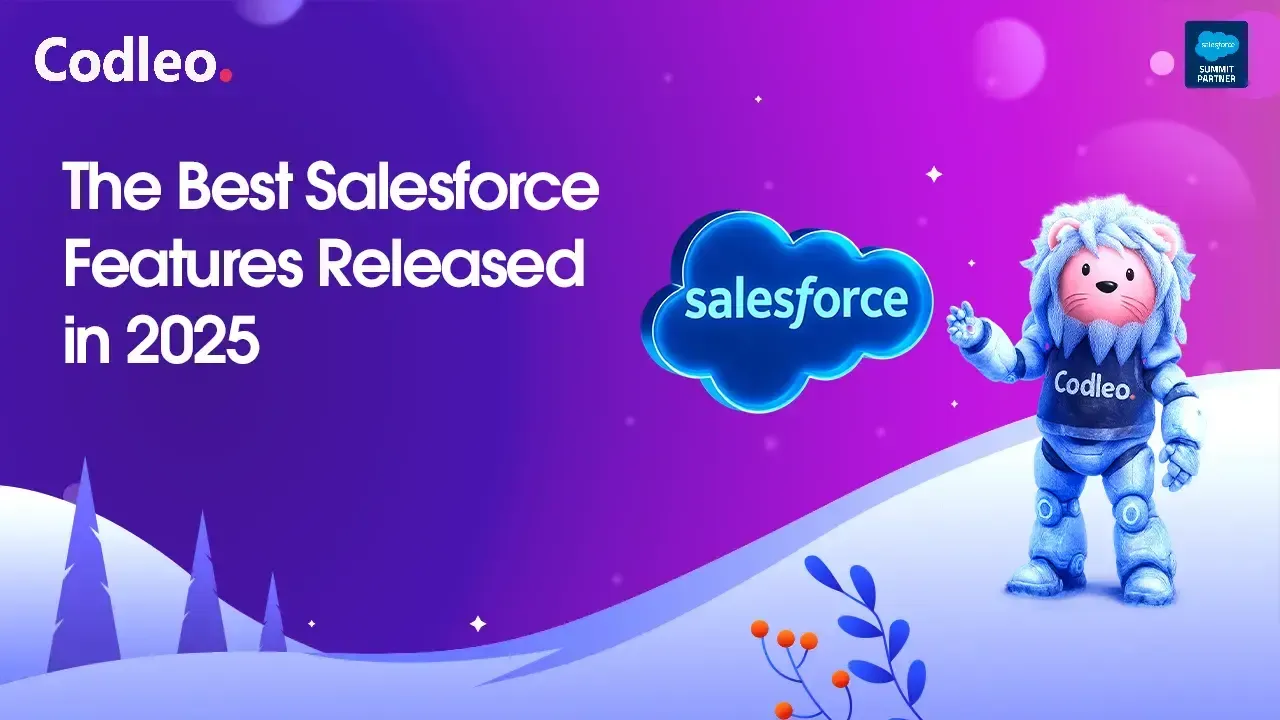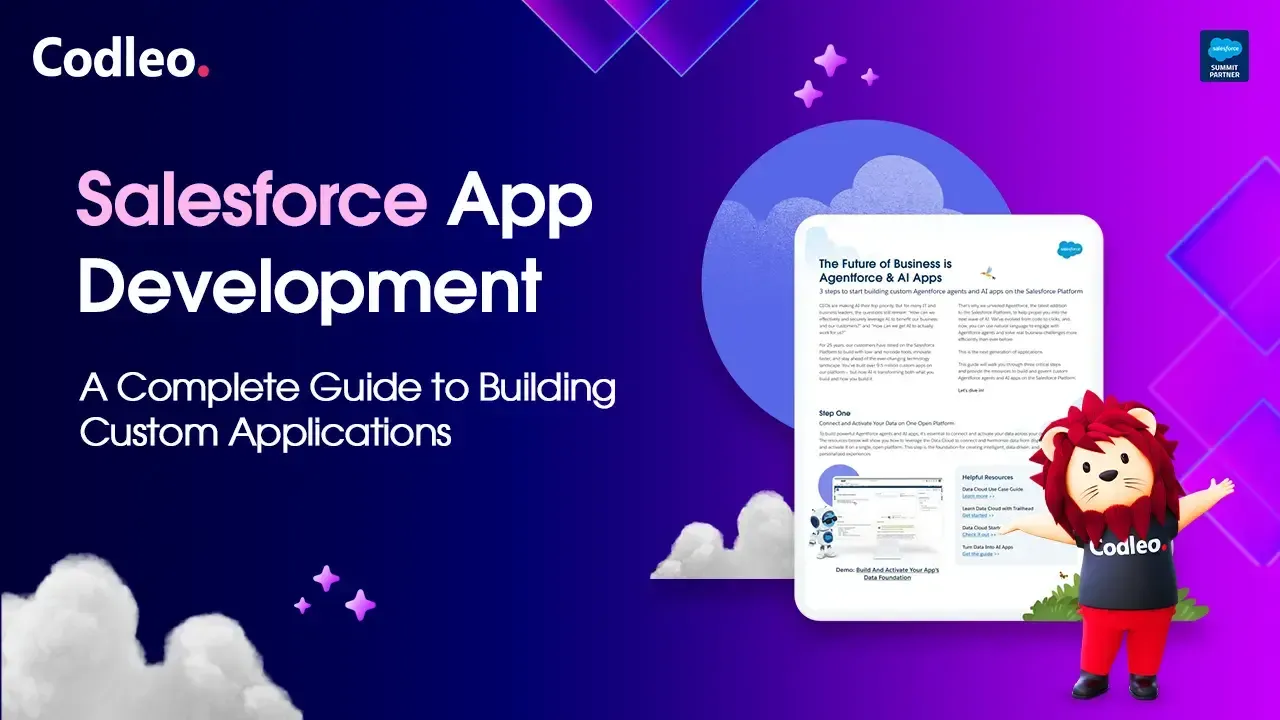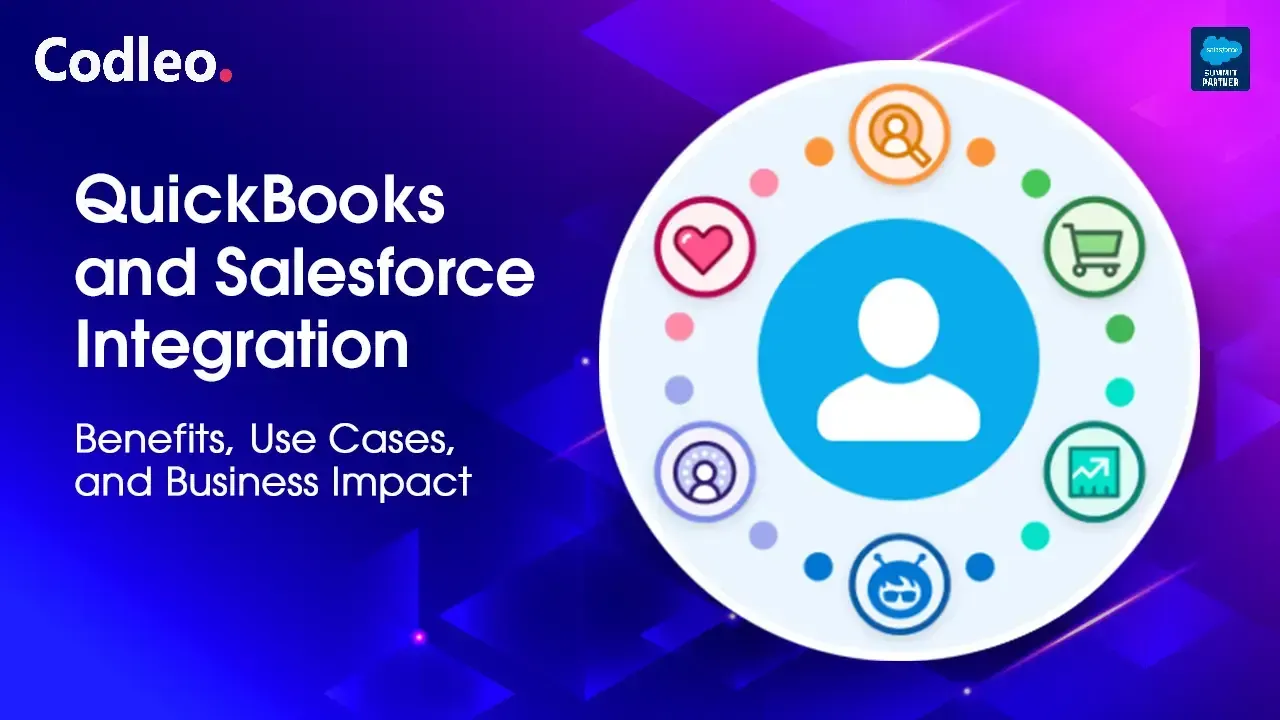Publish date:
Salesforce updates its platform three times annually, introducing changes during the spring, summer, and winter releases. This rapid evolution extends to Account Engagement (formerly Pardot), which regularly receives new functionalities.
These updates offer exciting opportunities, but teams need to implement them carefully. Marketers and administrators already have many tasks to manage. This challenge becomes more remarkable when eager managers want to use every new feature.
To manage this, it's crucial to prioritize updates by understanding each feature's benefits, assessing its impact on operations, and deciding which updates to implement or postpone.
“What” and “Why”?
When considering the implementation of a new feature in your organization, start by asking the following questions:
-
What: Define the new feature in a single, clear sentence. Use simple words so everyone can understand, even those unfamiliar with technical terms.
-
Why: We are introducing a new feature to improve our business operations. This change aligns with why Salesforce developed it and supports their plans for the product. The new feature will bring specific benefits that enhance our work processes and productivity.
I use the approach to establish a foundation for feature enablement, using the Account Engagement (Pardot) Lightning App as an illustrative case. If you're reading this, you might already be familiar with the Pardot Lightning App. Nonetheless, it serves as a valuable example.
-
What: Integrate Account Engagement (Pardot) directly within the Salesforce interface, allowing seamless switching between Salesforce and Pardot, making it feel like a single, unified tool.
-
Why: The navigation within the Pardot Lightning App represents an upgrade over the Pardot Classic interface and will be intuitive for anyone accustomed to the Salesforce Lightning experience. The Pardot engineering teams are focusing on the Pardot Lightning App, indicating that future developments will increasingly require this app. The broader aim is to fully integrate Account Engagement (Pardot) into the Salesforce platform over time.
Next, let's discuss the questions that will assist you in prioritizing the features your organization truly needs.
1. Is it a “gateway” feature?
A "gateway" feature in Salesforce can be considered an essential prerequisite that unlocks or suggests the need for additional functionalities down the line. Consider the Pardot Lightning App, which must be implemented to enable several other features. Similarly, connected campaigns are foundational for utilizing capabilities such as engagement history, snippets, etc. If this feature is present, you can bypass further questions (and avoid lengthy discussions!)
2. Considering Prerequisites
This question looks at what needs to happen before adding a new feature. When you suggest a new capability, remember that setting up the necessary conditions can take much extra time. If the benefits are clear, we will consider these steps as part of the project. However, it's essential to identify these requirements early to avoid problems later on.
3. Identifying Use Cases
Understanding how a feature will be used is very important. Large projects usually start with detailed business analysis, but we focus on activating a specific, standalone feature.
Building a strong technical and business case for this feature is crucial. This approach explains why the feature must be implemented and is a backup if problems arise. Consider these questions: Will your team use this feature? Do you need it immediately, or is it just a nice extra?
To further refine your understanding, consider categorizing potential use cases as follows:
-
Productivity: The feature will enable users to complete tasks more quickly.
-
Campaign: It will enhance the engagement level of campaigns with prospects through better personalization and other improvements.
-
Reporting: The feature will improve the quality of insights derived from business reports.
4. What’s the setup effort?
Before initiating any new setup, evaluating the anticipated workload for you and your team is crucial. Planning can help avoid stopping a project because of unexpected capacity issues or overlapping timelines. Estimating the effort needed can lead to smoother transitions and better integrations.
5. Do user permissions need changing?
Introducing a new feature often affects user access controls. Sometimes, new features may be automatically accessible to specific user profiles. Adjust user profiles or establish custom permissions for finer control to manage access more selectively.
Only a few default user profiles are available in Account Engagement (Pardot), though you can create custom ones if your edition permits. You can set up user permissions on the Salesforce platform in many ways. Learning about permission sets can help you manage these settings effectively.
6. Do You Need the Salesforce Admin’s Support?
If Salesforce administration isn’t within your expertise or your role restricts such duties, collaboration with the administrator—who effectively “holds the keys” to your organization—is essential. Many features in Pardot (Account Engagement) rely on a thorough understanding of Salesforce and the specifics of how your connected Salesforce organization is set up. Before making any changes or activations in Pardot (Account Engagement), involving the designated Salesforce Admin from the start is crucial.
7. Do you need Salesforce customer support?
Over time, the necessity to contact support for enabling new features has diminished. Nonetheless, if reaching out to support is required, remember to account for the time it will take for the support case to be processed and resolved.
8. Are there any further considerations? (“Gotchas”)
Gotchas" refer to unexpected issues that can lead to user confusion, frustration, and additional workload for Admins. Expert-written articles by Pardot professionals are invaluable for identifying these pitfalls. In my guides, I make it a point to discuss the "gotchas" I've encountered in various client projects and during the deployment of features under different circumstances.
9. Are there any impacts on the user experience?
Before moving on to user training, it’s essential to understand your users’ experiences. Think about how they will interact with the interface. Will the navigation paths or the locations of buttons and links change? Significant changes in workflow can confuse users as they adapt to new habits. Fortunately, Salesforce offers considerable flexibility in record page layouts, allowing you to minimize disruptions where possible.
10. What’s the expected training effort?
Training is often a crucial element in rollouts that is frequently overlooked. What seems apparent to you may not be as clear to all new feature users—step into their shoes to gain their perspective! If the change is likely to disrupt users' daily routines, allocate additional time to address their specific needs and concerns.
11. Have you checked your campaign calendar?
Avoid adding new features to your team's marketing calendar during busy times. It will help reduce stress and complications when everyone is already overwhelmed.
Summary
With each new Salesforce release introducing numerous features, it becomes necessary to establish a priority order for their rollout.
The questions outlined in this guide are designed to help prioritize new features in Account Engagement (Pardot), assess the benefits of these functionalities, and determine if there are compelling reasons to delay or reconsider their implementation.
Want to make the most of your Salesforce and Account Engagement (Pardot)? Codleo is a trusted Salesforce consulting partner that offers Pardot support services. We help you use new features, improve workflows, and achieve your goals. Our experts will guide you through every update so your team stays ahead. Contact Codleo today to enhance your marketing operations!















